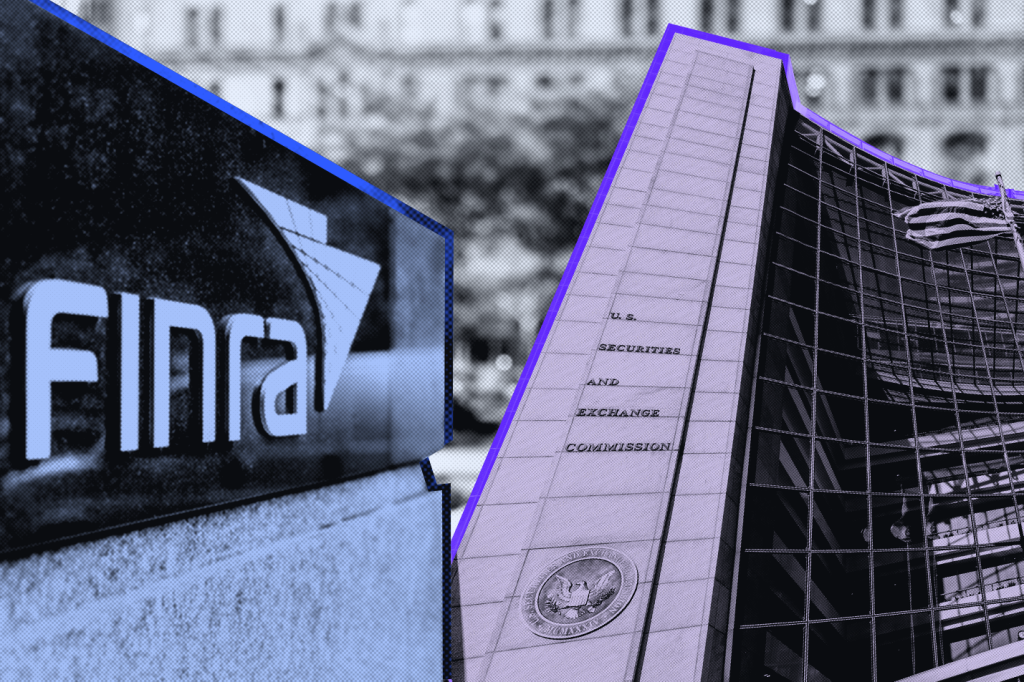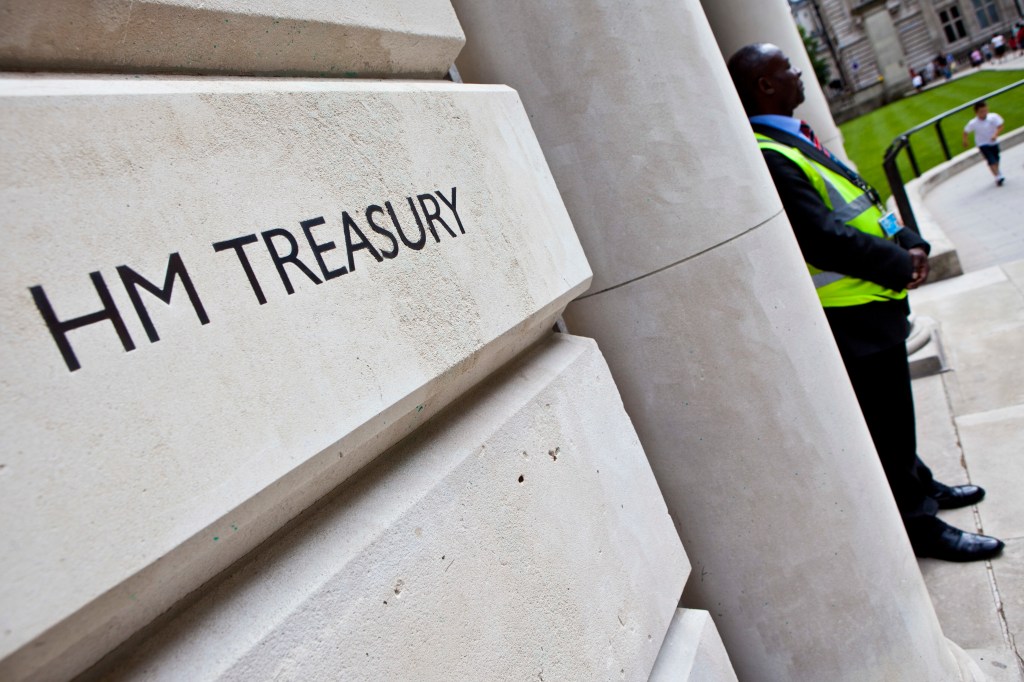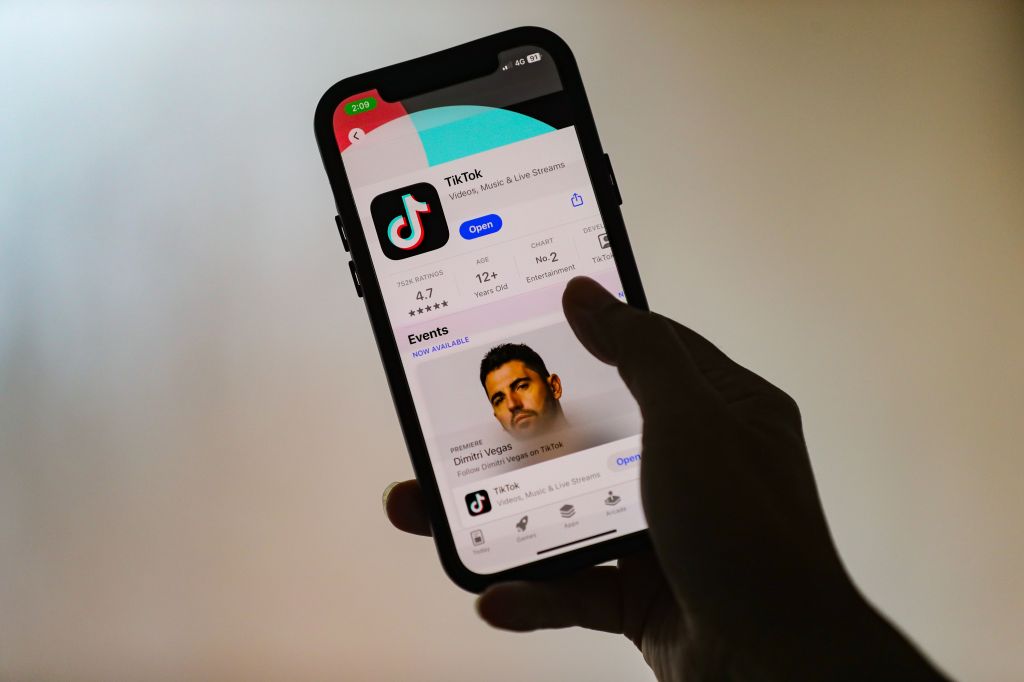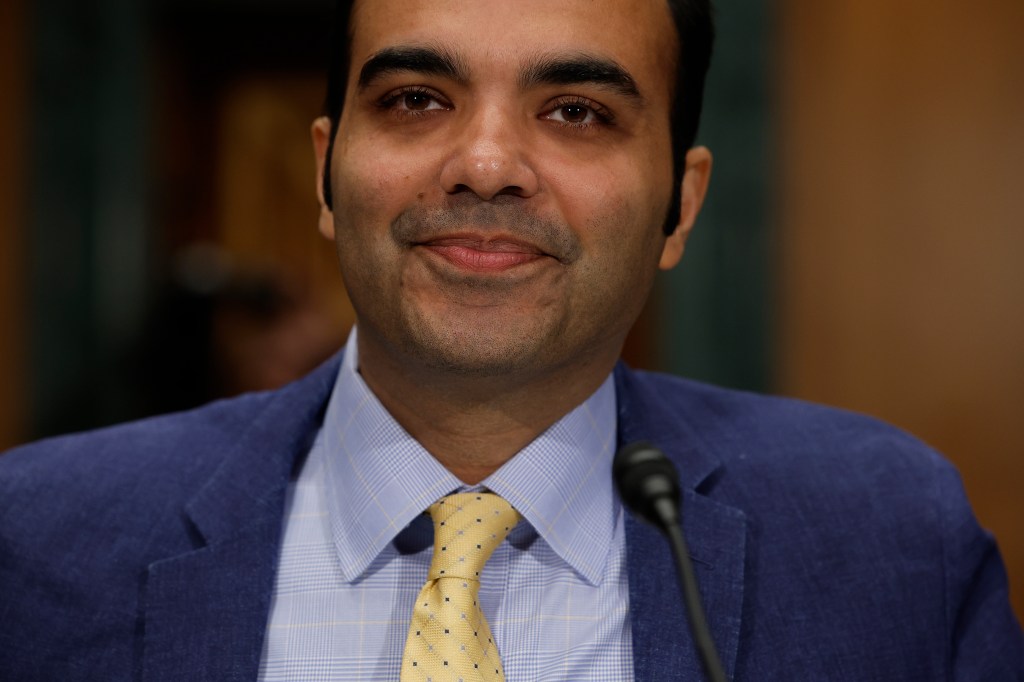On Tuesday, the US Consumer Financial Protection Bureau (CFPB) released a new issue spotlight on the expansive adoption and use of chatbots by financial institutions. The CFPB said it has received numerous complaints from frustrated customers trying to receive timely, straightforward answers from their financial institutions or raise a concern
Register for free to keep reading
To continue reading this article and unlock full access to GRIP, register now. You’ll enjoy free access to all content until our subscription service launches in early 2026.
- Unlimited access to industry insights
- Stay on top of key rules and regulatory changes with our Rules Navigator
- Ad-free experience with no distractions
- Regular podcasts from trusted external experts
- Fresh compliance and regulatory content every day

















